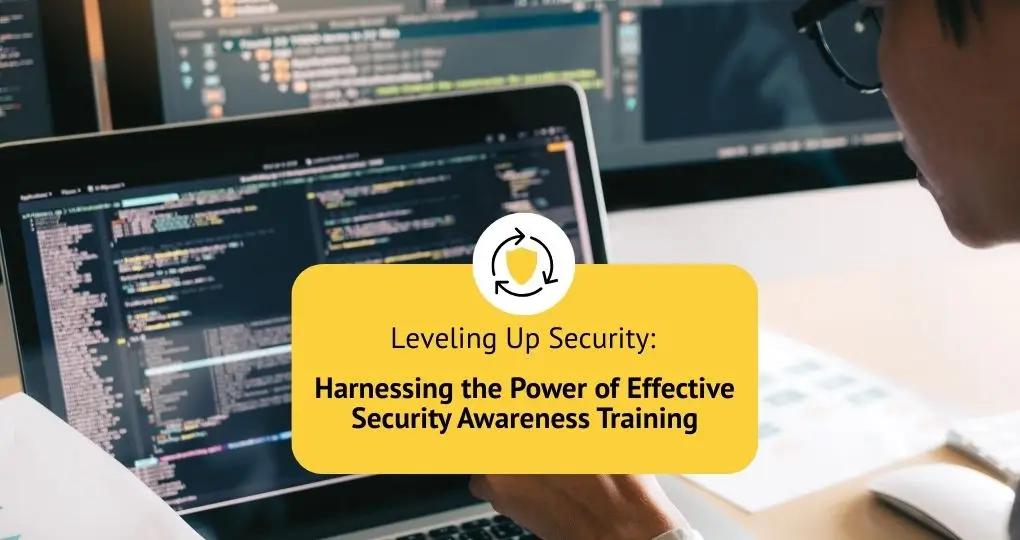Leveling Up Security: Harnessing the Power of Effective Security Awareness Training
In the digital battlefield where cyber threats loom at every corner, the line of defense isn’t just fortified by cutting-edge technology but also by the vigilance of every employee. Effective security awareness training transcends traditional lectures, turning into an engaging journey of learning and empowerment. Here’s how to transform your security awareness training from a checkbox exercise to a dynamic, impactful program.
Contextual Communication: The Art of Relevance
The key to effective security awareness training lies in its relevance. By clearly explaining the purpose of the training and providing context that employees can relate to, you create an immersive learning experience. Imagine training content that mirrors the exact scenarios employees might face—be it a suspicious email in their inbox or a dubious request via social media. This approach not only captures attention but also prepares them for real-world cyber threats. The goal is to craft relatable, employee-centric content that resonates with their daily digital interactions, making the training not just an exercise, but a crucial tool for their own cybersecurity.
Gamification and Peer Influence: The Power of Engagement
Who said learning about cybersecurity couldn’t be fun? By identifying security champions and fostering a culture of peer-to-peer communication, you can create a positive ripple effect throughout the organization. Incorporating gamification elements like leaderboards and badges injects a sense of competition and achievement into the learning process. This method not only motivates participation but also reinforces learning through a rewarding and interactive experience. The camaraderie developed through this peer influence further solidifies the training’s impact, creating a unified front against cyber threats.
Regular Phishing Testing: Keeping Defenses Sharp
Continual vigilance is paramount in the fight against cyber threats, and regular phishing testing stands as a critical component of security awareness training. This proactive approach allows organizations to assess risk continuously and ensure that employees are equipped to recognize and respond to phishing attempts. By conducting these tests regularly, you ensure that the knowledge remains fresh in employees’ minds, ready to be applied when the situation demands. Phishing testing serves the dual purpose of assessment and education, offering immediate feedback and learning opportunities for employees, thus reinforcing the training’s principles in a practical, impactful manner.
Crafting a Culture of Cyber Resilience
The journey towards creating a cyber-resilient organization is ongoing and ever-evolving. Effective security awareness training is not just about imparting knowledge; it’s about shaping attitudes, behaviors, and a collective sense of responsibility. By employing contextual communication, leveraging gamification, and conducting regular phishing tests, organizations can significantly enhance the effectiveness of their security training programs. These practices not only engage and empower employees but also transform them into proactive guardians of their digital realm. In embracing these strategies, businesses can elevate their cybersecurity posture, safeguarding their assets, reputation, and future against the specter of cyber threats.

